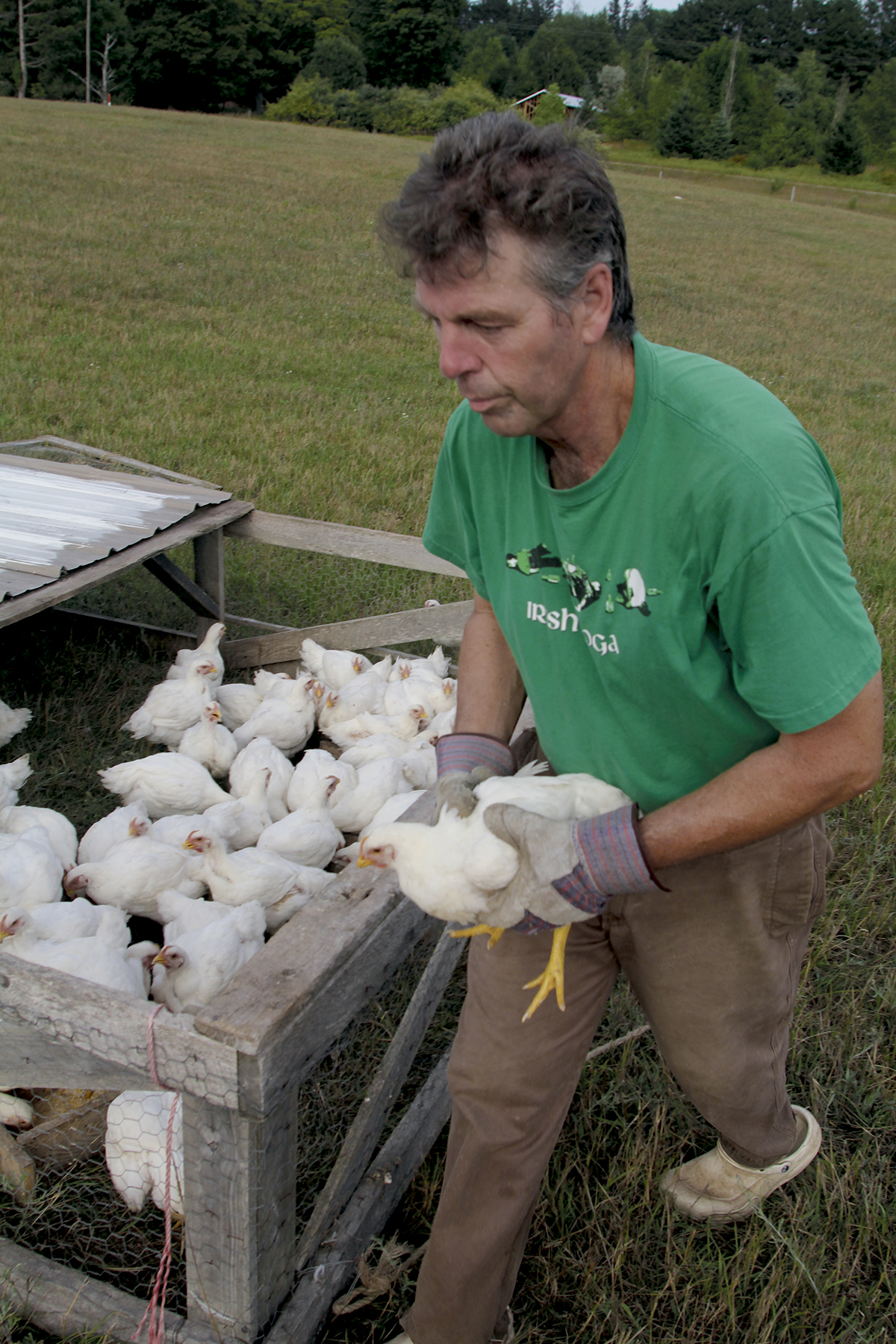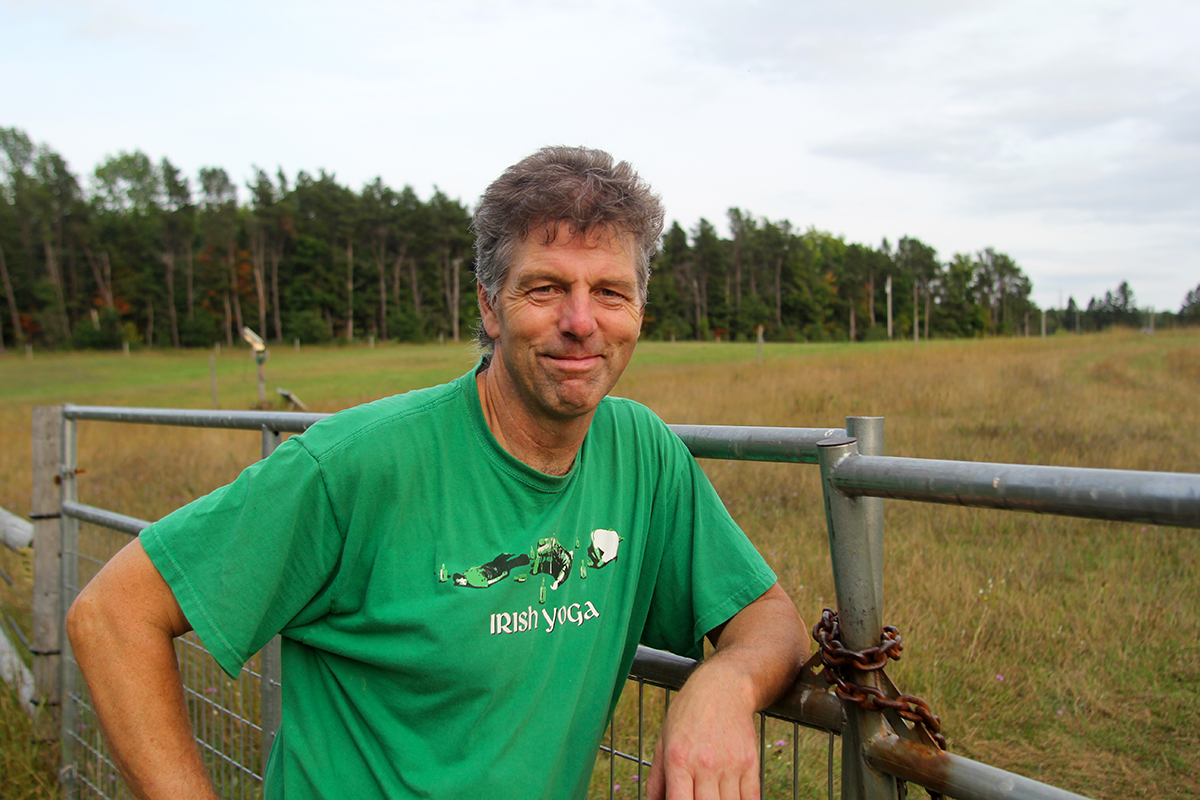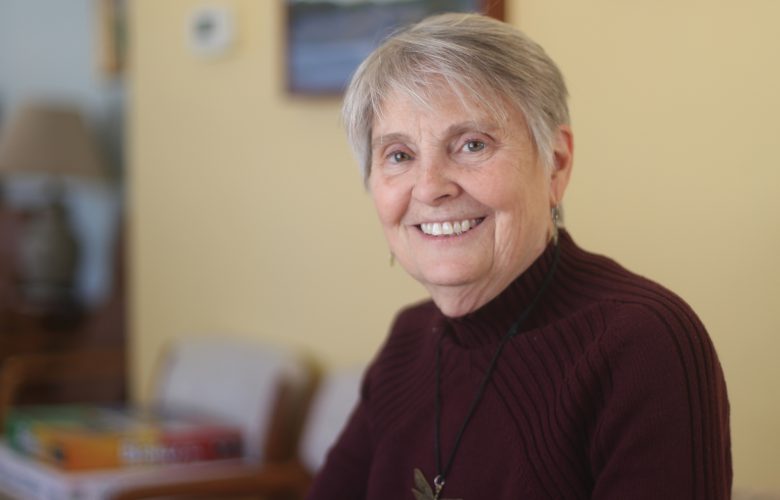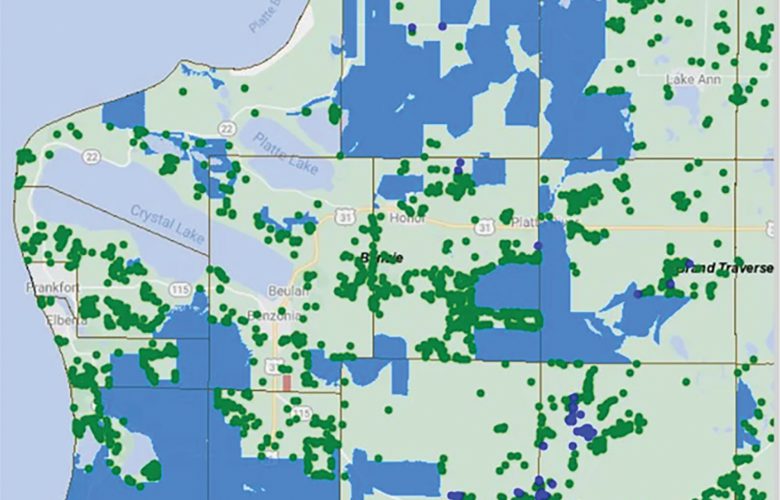Paul May’s local approach to the harvest
Paul May is a pretty happy guy. Yes, he has the no-nonsense demeanor of most farmers, at least those who succeed at the trade. He doesn’t give cozy nicknames to the goats, sheep, chickens, or cattle that he raises (well, maybe the cattle; he really likes cows).
Moving cattle and sheep from one pasture to another, May herds them by clapping and yelling, “Baa! Yip! Come on dummies!” No coaxing. Not a “sweetie pie” in the bunch. Just about everything is raised to go under the axe, but an animal that wins his approval can last a good long time. What makes a goat likeable to May? Trouble-free, healthy, and productive — no nonsense.
When he started his farm, May was on the steep slope of the learning curve. He learned to milk a goat by getting one and bringing it home. It didn’t go so well for a while. But now, 12 years later, his goats hop onto the milking stand without hesitation, and milking is an efficient process.
Several roads brought May to farming. For one, his grandfather was a dairy farmer in Wisconsin in the days before farming “naturally” and “organically” needed a label —that was just how things were done in the 1920s, May says. He notes that farming techniques didn’t begin to change drastically until after World War II, when war-production factories had to be re-deployed to peace-time activities. Those factories that had been building tanks and planes needed to have something else to build. And as it turned out, the ingredients needed to blow things up were also those that went into chemical fertilizers.
More than half a century later, some books and documentaries will lead you to believe that farming in the United States is broken. But not the way that May does it. He describes his farming as belief-driven. Long before mainstream society caught on, May understood and rejected the risks and dangers of the centralized, industrial food-production and -distribution system. Delivering eggs to shareholders and customers stimulated his vision of the correct path forward: he shouldn’t be driving eggs to people. Anyone can raise chickens and get eggs for themselves. Most of us could garden enough to supply ourselves with the vegetables that we need to eat. We need to learn how to feed ourselves, May says. (Okay, beef needs to be “ganged,” but there could be goats and chickens “at every mile.”)
This somewhat bucolic picture of sensible food sourcing has been modified over the years, as May has learned more about the business of farming. He has found a niche in the food rebellion, doing something that others might be able to do but aren’t. He sidesteps the political questions that pit “us vs. them” and won’t take the bait with questions about government regulation.
His work, simply, is to humanely raise animals using methods that will protect the land and provide safe and tasty food to people nearby. Some of the meat and eggs are sold through The May Farm’s shareholder guild, some through local grocery stores, and some out of their farm stand on Adams Road, just outside Frankfort.
May is also participating in a Michigan State University-organized project to learn more about getting grass-fed beef to local stores and restaurants. This is one of several ways that May seeks to expand his distribution network by using a slightly expanded definition of “local.” True to his vision, his meat and eggs should be part of our collective effort to feed ourselves — not part of a large and distant food system.

May takes obvious delight in how things fit together symbiotically. Why have goats? Well, The May Farm does produce goat sausage, but the best part is their milk, what he describes as his “secret weapon” for raising delicious chicken. Wait, what? Well, chickens raised with non-GMO-grown grains and the bugs that they can find in the field taste better with soured milk in their diets. Plus, barn cats like the milk (and the chicken livers), and May wants the cats around to eat unwanted critters. Why graze sheep and cattle together? Like Jack Spratt and his wife, sheep like clover and cattle like grass — though each will eat the other’s food, May notes that they start with what they like best.
Then there’s the poop. May grazes his animals on land that, like much of Benzie County, is mostly a glacier-remnant sand dune. Rotation and manure bring forth good grass and clover to raise his animals, but May has to be assiduous about the rotation to make it work. Using a portable fencing system, the cattle and sheep are moved to new pasture twice a day. Watching them move from pasture to pasture is like watching a flock of birds or a school of fish as the nine head of cattle and 18 sheep swerve and move as one. The broiler chickens, meanwhile, live in four mobile pens that are dragged twice a day down the pasture, leaving a manure-ridden, de-bugged area behind that regenerates within a matter of days. By the end of the season, his animals have covered the entire 30 acres of pasture, land that they share with three sandhill cranes (beautiful and good) and several hawks (beautiful but hard on chickens, and one reason that The May Farm doesn’t raise ducks). His animals do reseed his pasture — and he gives the lambs credit for converting his pasture from 1 percent to 3 percent clover — but he has also been rehabbing an orchard spreader and hopes to amend the soil later this year with compost tea, too.
Progress for The May Farm has not all been smooth. Paul May was diagnosed with bladder cancer last summer. At least 20 people were needed to replace him in what comes close to being a one-man operation (both before and after his illness). Lots of people rallied around May, his wife Sharron, and their son Avery to keep The May Farm and family show on the road — volunteers, fundraiser potlucks, and concerts. A year later, May is still happily bewildered by this profound demonstration of community, caring, and friendship.
“Nothing straightens a guy out like a dose of cancer,” he says. Part of being a pretty happy guy is his sense of wonder at last year’s experience. But another part, he confides, is that even with a 4 a.m. wake-up time, “I really enjoy this.”
Visit the May Farm’s website at http://www.themayfarm.com/
Banner photo: For five years, Paul May has leased land for his animals on Lobb Road. Photo by Aubrey Ann Parker.





“… the ingredients needed to blow things up were also those that went into chemical fertilizers …” Actually there’s even more to that story: the things to make weapons were the very machines that could equally make tractors instead of tanks and make combines etc. Since the war had largely paid for the factories this certainly gave mechanized farming a further head start as well as the men coming back looking for work. But a more sinister chapter is rarely mentioned: the very same chemistry that was used to make poison gas was then applied to produce herbicides. While no one can exactly say how herbicide research would have turned out without such ancestry, certainly certain chemical compounds would not have entered the agricultural food chain had the chemists not already worked on the sibling substances anyhow.